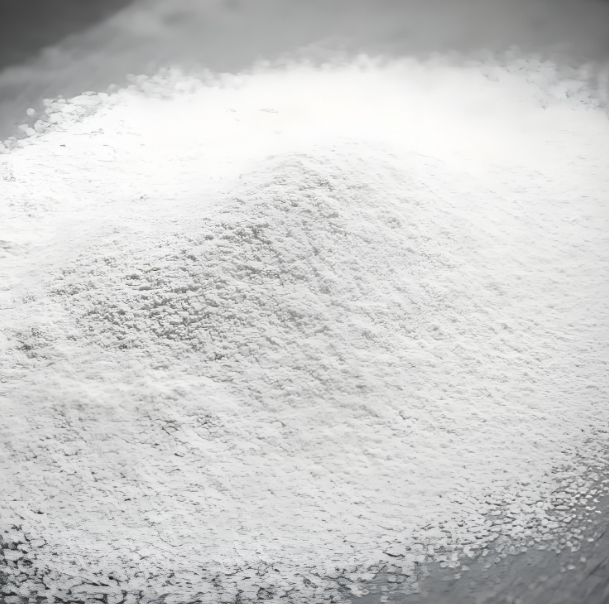Le pouvoir de l'amidon : La science et le processus derrière l'amidon alimentaire modifié
Walk down any supermarket aisle, and you’ll find a silent, powerful ingredient in thousands of products: modified starch. It’s in your yogurt, your salad dressing, your instant pudding, and even your pharmaceutical pills. But what is “modified” starch, and how is this ubiquitous industrial ingredient produced? The process is a fascinating application of chemistry and food engineering designed to unlock specific functional properties from humble plant starch.
The Raw Material: Native Starch
The journey begins with native starch, extracted from common sources like corn, wheat, potatoes, tapioca, and waxy maize. Native starch has inherent limitations:
- It breaks down under high heat and acidic conditions.
- It has a tendency to retrograde (release water and become gritty) upon cooling and freezing.
- Its viscosity and texture are often inconsistent.
Modification overcomes these flaws, turning a basic thickener into a versatile, customized tool for the food industry.
The Goal of Modification: Engineering Functionality
Modification is not one process but a suite of techniques. The goal is to physically or chemically alter the starch molecule to achieve desired traits:
- Enhanced Stability: Withstand high heat, shear (mixing), and acidic environments.
- Textural Control: Create specific mouthfeels, from gel-like to creamy.
- Freeze-Thaw Stability: Prevent syneresis (weeping) in frozen foods.
- Improved Gelling: Control the set of gels in confections.
- Instant Solubility: Allow starch to thicken without heat.
Here are the primary methods used to unlock these properties.
Method 1: Physical Modification
This method alters starch using only physical means, often allowing it to be labeled as “non-GMO” or “clean label.”
- Pre-gelatinization: The simplest form. Native starch is cooked and then dried on heated drums or extruded. This process pre-swells the starch granules, allowing them to thicken instantly when mixed with cold water. This is the key to instant pudding mixes and drink powders.
Method 2: Chemical Modification (The Most Common Industrial Path)
This is where starch molecules are precisely altered through chemical reactions. The process typically follows these steps:
- Slurry Preparation: Native starch is suspended in water to create a slurry. Controlling the concentration, temperature, and pH is crucial.
- Reaction: Specific reagents are added to the slurry under tightly controlled conditions (temperature, pH, time). The most common reactions are:
- Cross-linking: Introducing bonds between starch molecules using reagents like phosphorus oxychloride (POCl₃) or sodium trimetaphosphate. This creates a strong molecular network, making the starch incredibly robust and resistant to high heat, low pH, and vigorous mixing. Think of it as building bridges between molecules. Used in creamy, shelf-stable food sauces and fruit pie fillings.
- Stabilization (Substitution): Adding bulky molecular groups (like acetate or hydroxypropyl groups) onto the starch molecules. This prevents the molecules from reassociating (retrograding), which is the cause of syneresis. This is critical for creating starches that are freeze-thaw stable, perfect for frozen dinners and gravies.
- Combination: Often, starches are both cross-linked et stabilized to achieve a perfect balance of strength and stability.
- Neutralisation et lavage : After the reaction is complete, the pH is adjusted to neutral. The modified starch is then washed (often using multi-stage centrifuges or filters) to remove any by-products and salts.
- Séchage : The purified starch slurry is dried, most commonly in a flash dryer, where it is atomized into a stream of hot air, instantly evaporating the moisture. The result is a fine, dry, white powder.
- Screening (Classification): The dried powder is passed through fine screens to ensure a consistent particle size for optimal performance.
Method 3: Enzymatic Modification (Biotechnology)
This uses specific enzymes to break down starch molecules in a very precise way.
- Thinning / Hydrolysis: Enzymes like amylase are used to “cut” the long starch polymer chains into shorter lengths. This reduces the viscosity of the starch paste while increasing its solids content. It creates starches that form strong gels and are very clear, making them ideal for gummi candies, paper coating, and adhesives.
The Final Product: A Tailored Ingredient
The result of these processes is not a single product but a vast library of specialized ingredients. A food scientist can now choose a starch that:
- Will thicken a sauce at a specific temperature.
- Survive the high-heat processing of canning.
- Provide a clear, glossy shine to a fruit pie filling.
- Keep a frozen lasagna sauce creamy after being reheated.
Conclusion: The Invisible Engine of Modern Food
The processing of modified starch is a brilliant example of unlocking potential through science. By physically and chemically tweaking the structure of a natural polymer, engineers create functional ingredients that provide the texture, stability, and shelf-life we expect from modern processed foods. It’s a hidden, yet fundamental, technology that makes everything from a velvety yogurt to a stable infant formula possible. The next time you see “modified food starch” on a label, you’ll see the invisible hand of food science at work.








